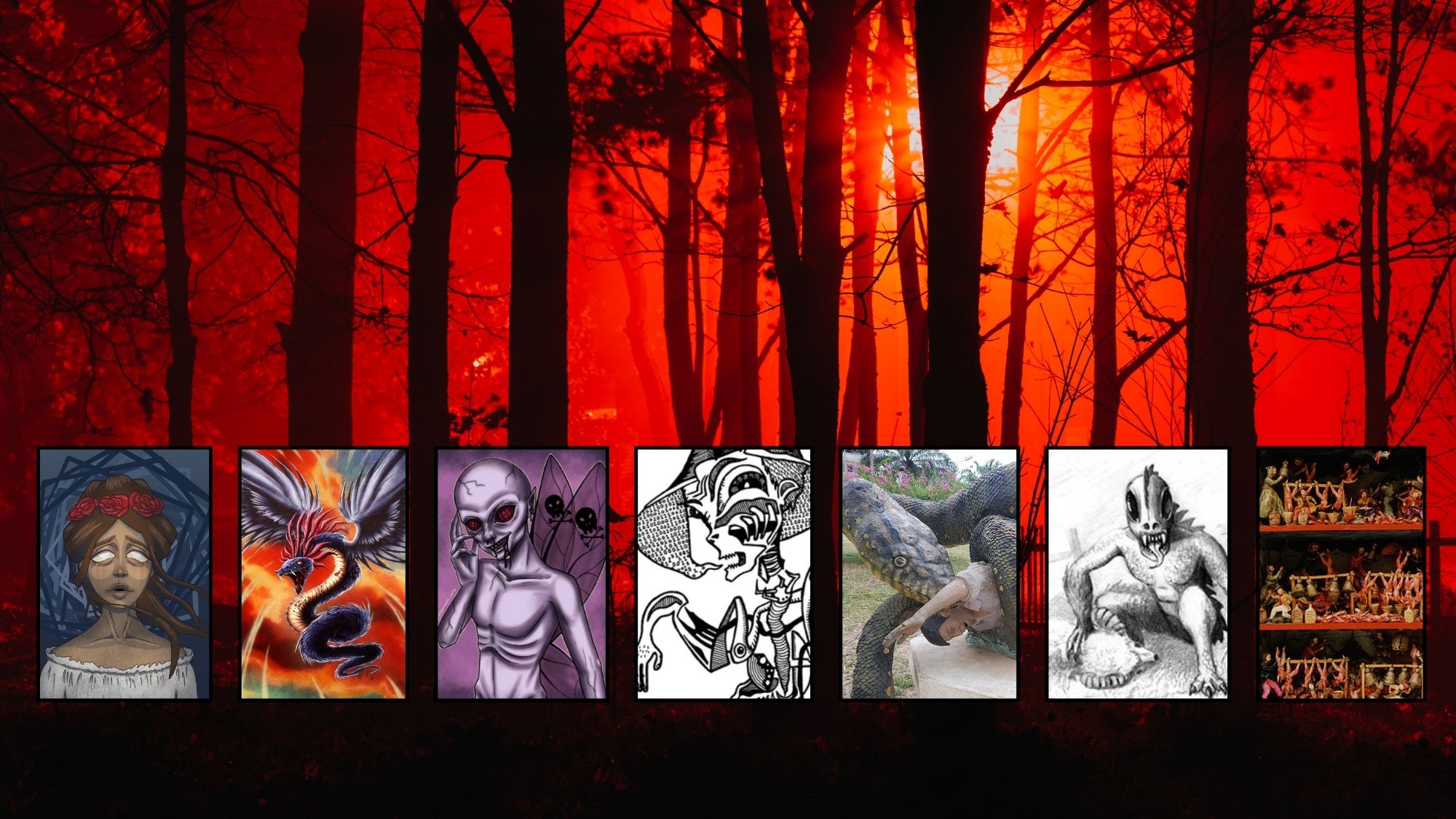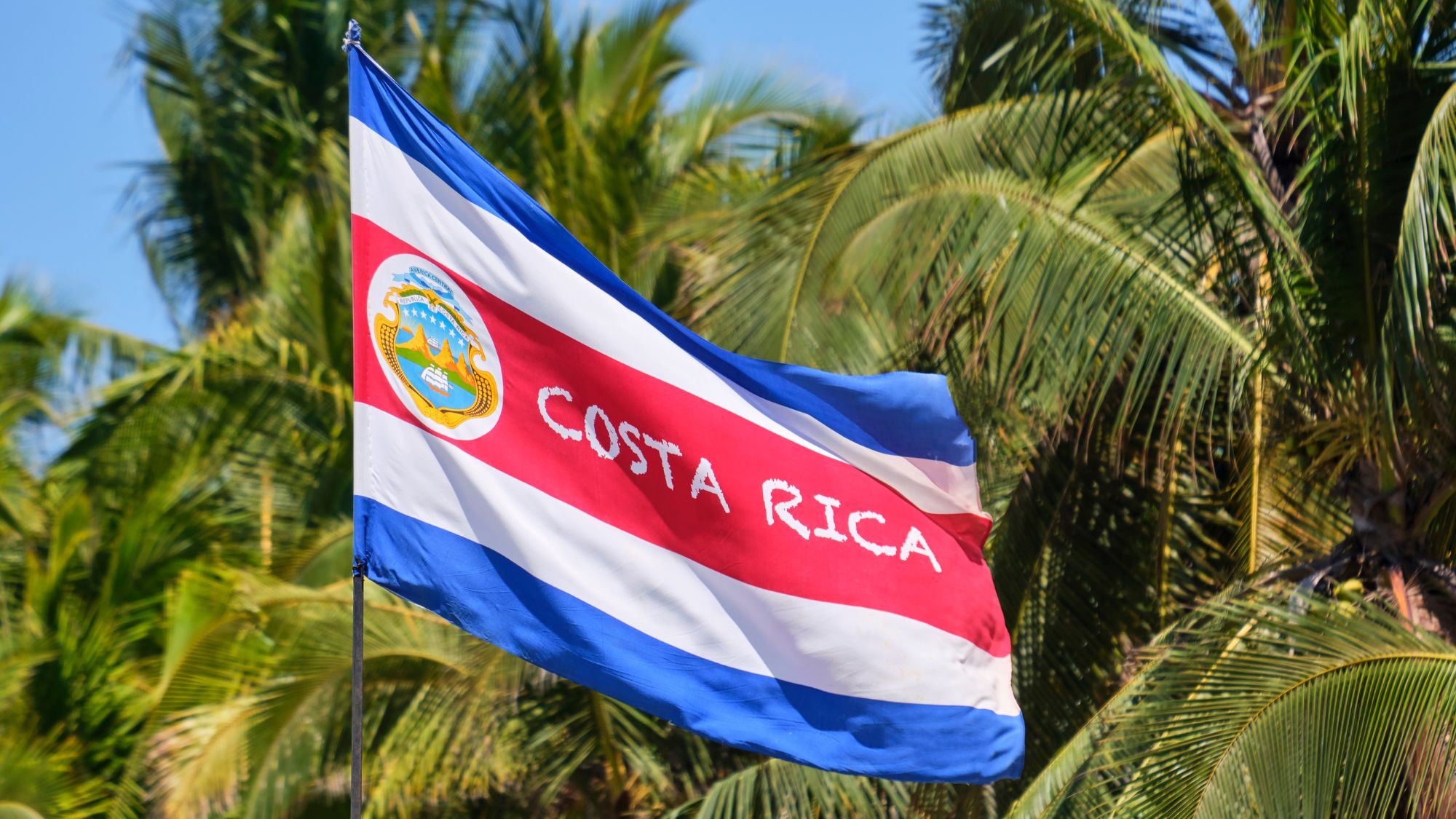As a mom raising bilingual children, I’ve had the joy of witnessing language evolve within our home. Over the years, my kids switched from “mami” and “mommy” to the more formal “madre” and “mother.” I'm not sure why.
Then Mother’s Day came and went, and I found many heartfelt notes to the “boss moms” or “jefas” on social media. Were moms really called "jefas" in Mexico? Yes!
It all got me thinking about the many ways our bilingual kids express their love, and hopefully respect, for their moms in Latin America.
Embracing the Many Ways to Say “Madre”
Before my "jefa" discovery, I had never thought about how to say mom in other Spanish-speaking countries. My mother called her mom "mamá." I called my mother "mami." And my kids call me "madre." So, naturally, I thought it was a generational thing. I was wrong. Turns out, there's a lot more to these "motherly" terms. Here are some of the many ways to say “madre” Latin America:
1. Mami: Universal Endearment
“Mami” is a term of endearment commonly used across all Spanish-speaking countries. It’s like a warm hug wrapped in a couple of syllables. When my little ones called me “mami,” it felt intimate and sweet. It’s the equivalent of “Mommy” in English, and it carries memories of bedtime stories and scraped knees.
2. Mamá: The Other “Mami”
“Mamá” is as common “mami” in Spanish-speaking countries. It’s respectful and often used in serious or official contexts, like “mom” instead of “mommy.” While “mami” is the go-to term for many children in everyday interactions, “mamá” might be used as well.
3. Mamita: A Tender Variation
“Mamita” takes “mami” a step further. It’s the diminutive form, adding an extra layer of affection. When teens say my “mamita,” many motherly hearts melt. This term transcends borders, and is spoken in Spanish-speaking households.
4. Mamacita: Latin American Flavor
Ah, “mamacita.” It’s the spicy version of “mami,” as immortalized by the holiday song "Mamacita Dónde Esta Santa Claus" by Augie Rios. In Latin America, it’s a playful way to address someone you find attractive. But when my kids say it, it’s all innocence. They giggle, and I know they mean it as a term of endearment. It’s like saying, “Hey, cool mom!”
5. Amá: The Regional Touch
In Mexico, Guatemala, Honduras, and Venezuela, “amá” reigns supreme. It’s a regional gem, a shortcut to “madre.” When kids use it, it's a clear connection to their Latin American roots. It’s the sound of family gatherings, tamales, and Abuelita’s stories.
6. Maí: Puerto Rican Love
When a Puerto Rican child says “maí,” it’s like wrapping their arms around their mother’s soul. It’s as common as saying “mami.” Some say it's unique to the island where the term “paí” is also used for “padre” or “papi.”
7. Jefa: The Empowered Mom
In Central America and Mexico, “jefa,” or “boss,” is a playful way to acknowledge a strong, capable mother. When kids call their moms “jefa,” you know they see Wonder Woman in an apron. It’s a reminder that motherhood is both nurturing and powerful.
Embracing it All
These days, my teens dance between “madre” and “mother.” Each term of endearment carries a unique flavor, and a snapshot of our family’s roots from a small town New Jersey to the diverse Miami.
So, whether it’s “mami” or “jefa,” today’s moms embrace them all. They're all a symbol of a child’s affection ... except for “bro.” Being called "bro" is just wrong, am I right?





